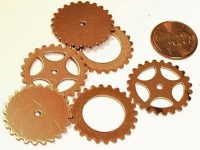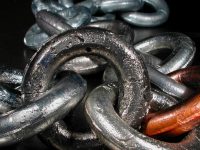The Butterfly Effect How a seemingly throwaway line on a resume led to a fulfilling career in tribology The downturn in employment opportunities over the past several years reminds me of the difficulties I faced upon graduating…the first time. There I was, freshly out of my school’s chemical engineering program and waiting to hear back…
Read more
The Butterfly Effect






